
cropped-burgwindheim_stephan_hummel-3-1-scaled-1
Burgwindheim © Stephan Hummel
Cisterscapes –
Monasteries connect Europe
What is Cisterscapes?
Cisterscapes is a special project.
It connects 17 monastery landscapes from five European countries.
These countries are Germany, Austria, the Czech Republic, Poland and Slovenia.
The project shows the importance of monasteries for history and culture in Europe.
It was founded in 2019. It is coordinated by the district of Bamberg in Germany.
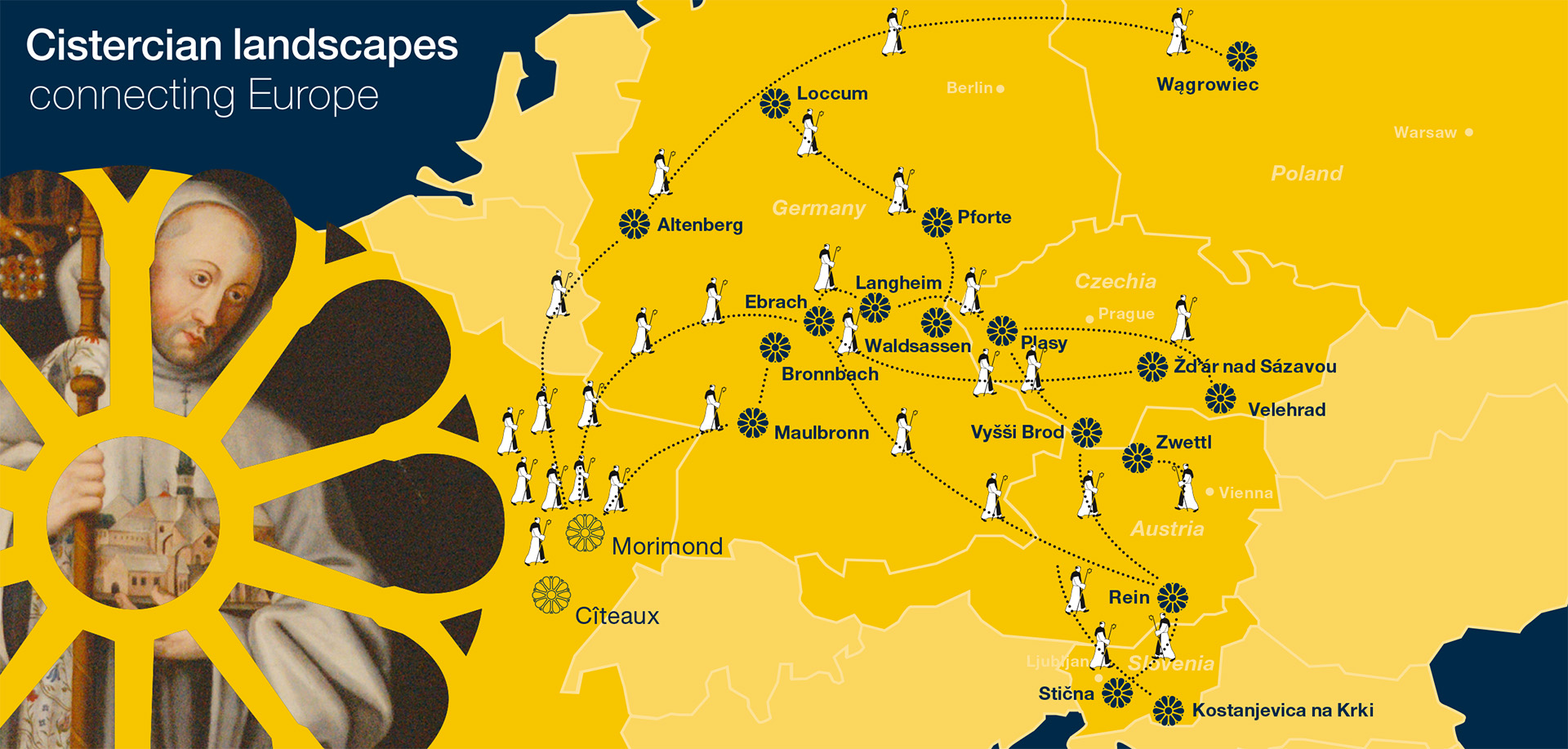
Who belongs to it?
Cisterscapes include 17 monastery landscapes.
These monasteries are very old and have a long history.
Here are some examples:
– Germany: Ebrach, Altenberg, Bronnbach, Langheim,
Loccum, Maulbronn, Pforte and Waldsassen
– Austria: Rein and Zwettl
– Czech Republic: Plasy, Velehrad, Vyšší Brod and Žďár nad Sázavou
– Poland: Wągrowiec/Łekno
– Slovenia: Kostanjevica na Krki and Stična
What does Cisterscapes do?
Cisterscapes wants to preserve and show the history and culture
of the monasteries.
They do many different things to achieve this:
– Events: They organize concerts, exhibitions and conferences.
You can learn and experience a lot about the monasteries there.
– Education: You create materials for schools.
This enables children and young people to learn more about the history of monasteries.
– Hikes: They offer guided hikes.
You can discover the beautiful nature around the monasteries.
– Teacher training courses: They train teachers so that they can pass on their knowledge about the monasteries.
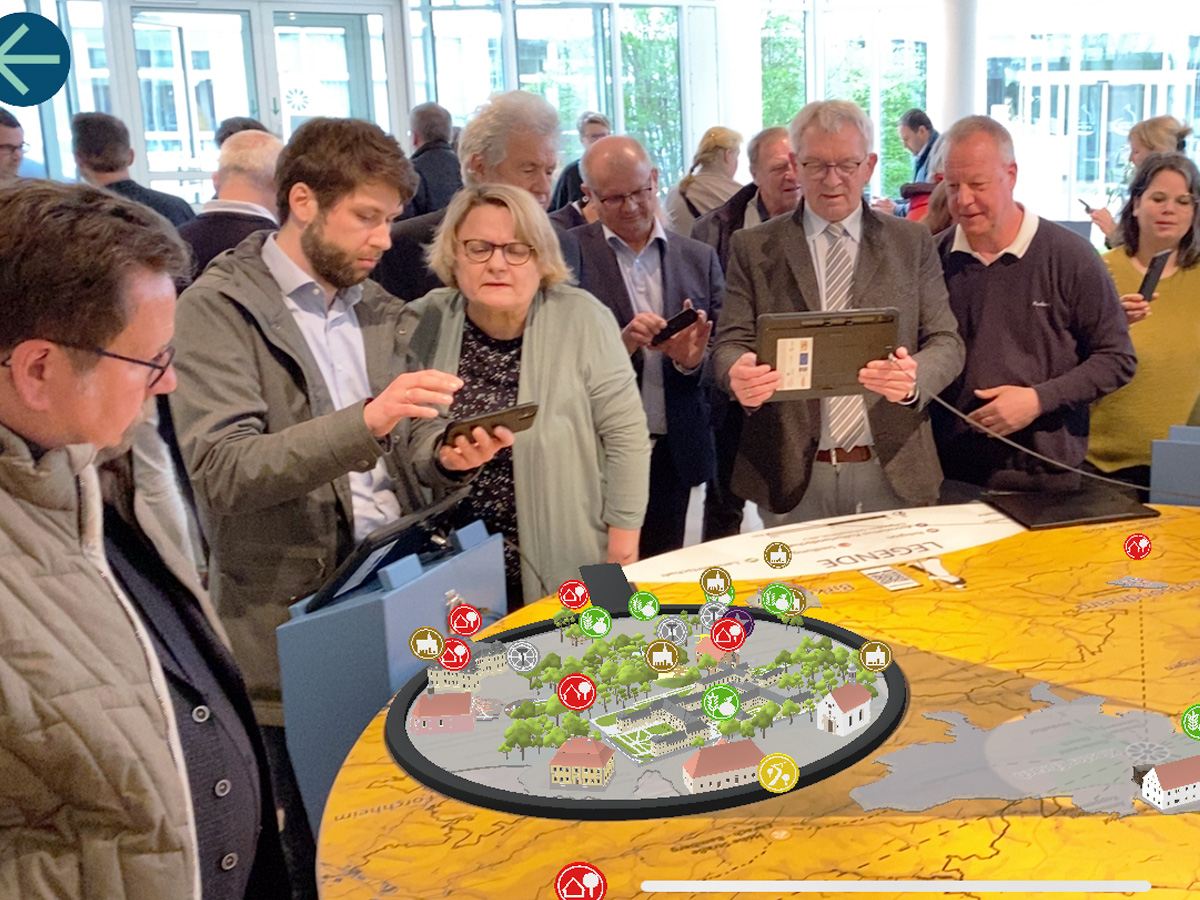
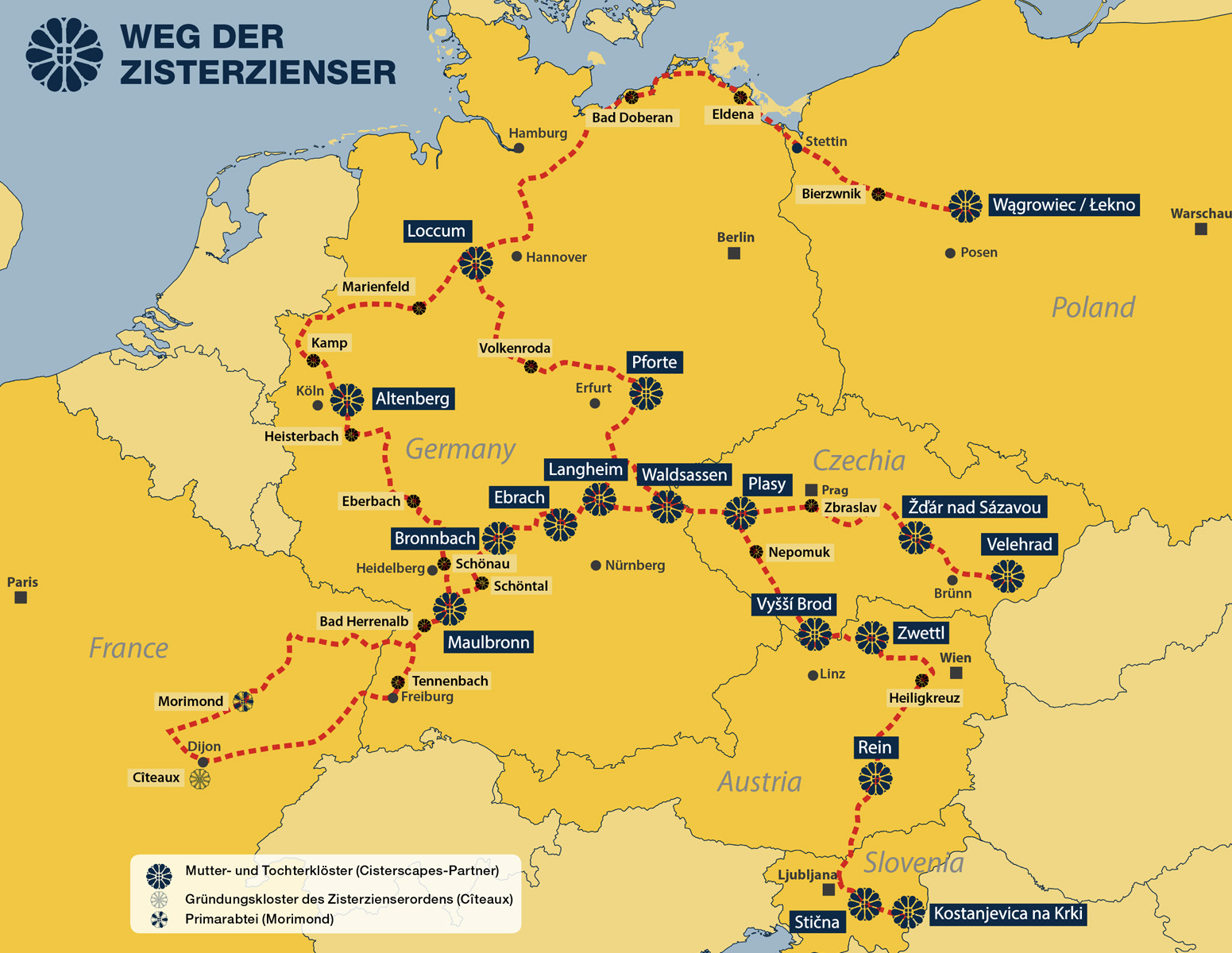
The Cistercian Way
The Cistercian Way is a very long hiking trail.
It is 6,400 km long and runs through six European countries.
The trail connects the 17 monastery landscapes of Cisterscapes.
You can hike along this trail and discover many interesting places along the way.
The trail was opened in May 2022.
Award
Cisterscapes has received a special award:
the European Heritage Label.
This award shows that the project
is very important for European history and culture.
They received the award in April 2024 in Antwerp, Belgium.
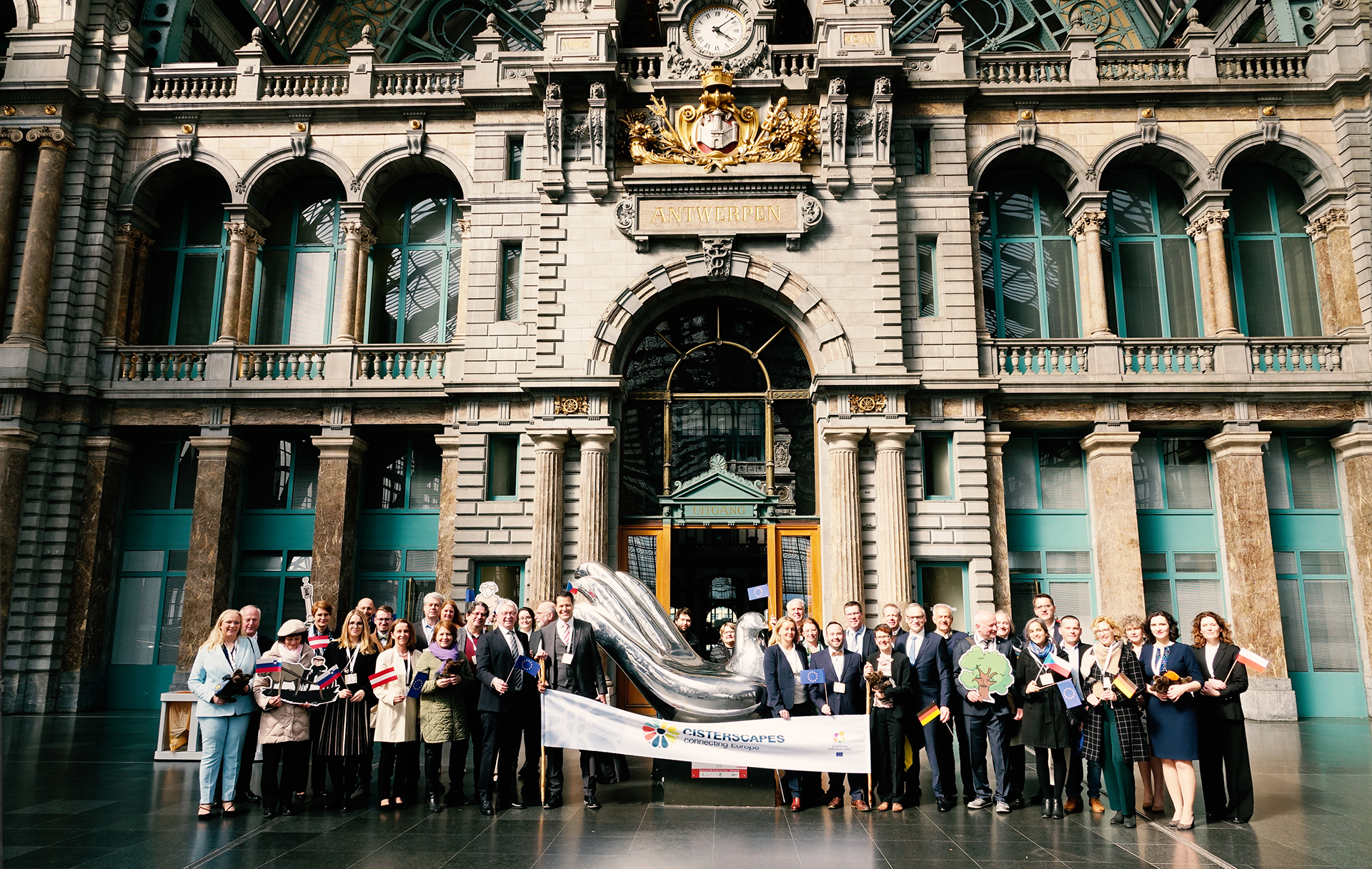
Interactive offers
Cisterscapes also offers modern and interactive services:
– 3D models and 360° panoramas:
You can view the monastery landscapes in 3D and
from different angles.
This makes it exciting and lively.
– App: There is an app with lots of information, pictures
and audio content on all 17 monastery landscapes.
You can download the app and use it to get to know the monasteries better.
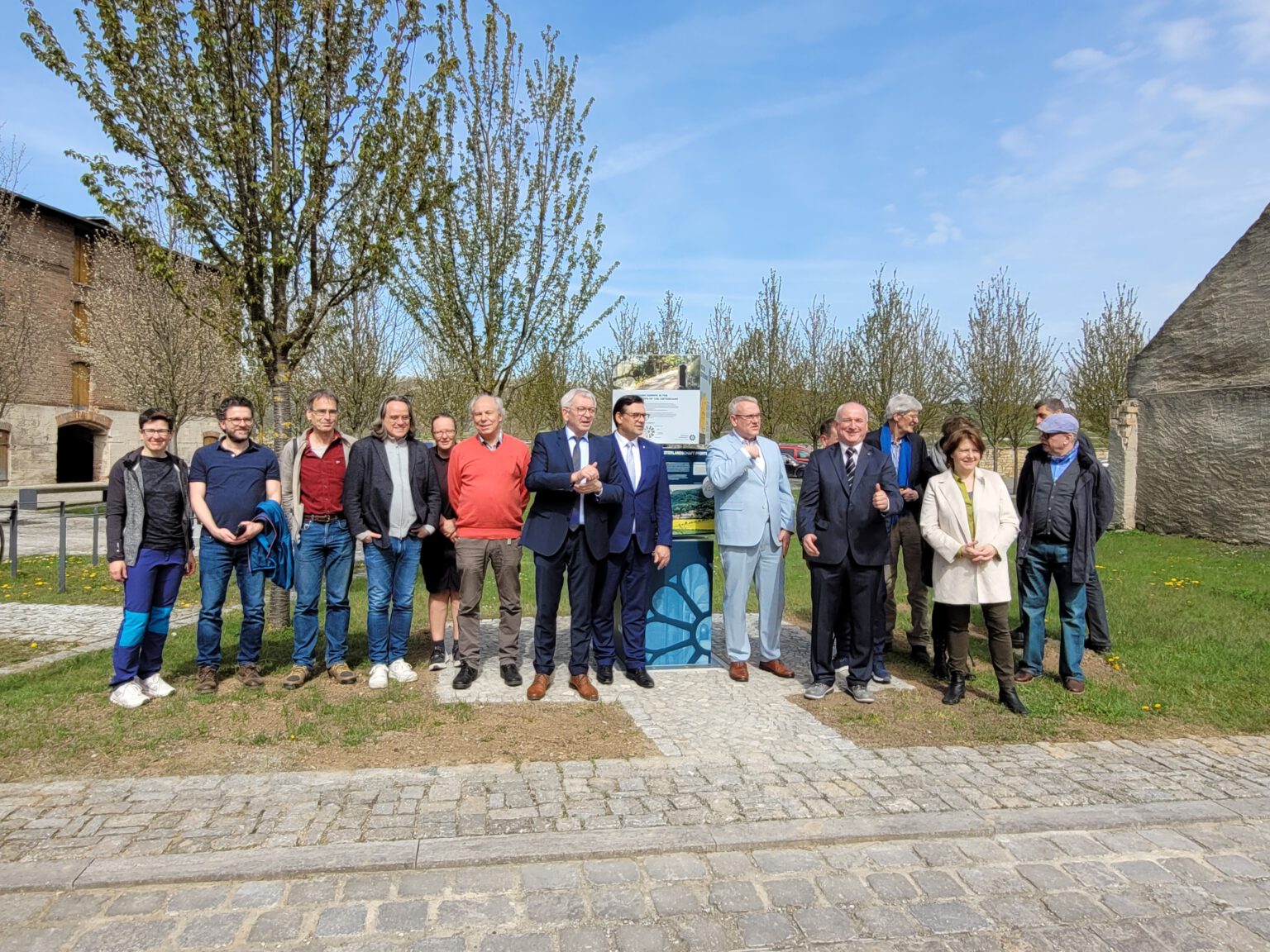
Cooperation
The partners of Cisterscapes work closely together.
They want to preserve and showcase the monastic landscapes.
It is important to them that future generations
also benefit from this and learn about the history of the monasteries.
Goals of Cisterscapes
Cisterscapes has several goals:
– Preserve culture:
They want to preserve the culture and history of the monasteries.
– Connect Europe:
They want to show how the monasteries connect Europe
and contribute to European unity.
– Promote education:
They want to inform people about the history and importance of the monasteries.
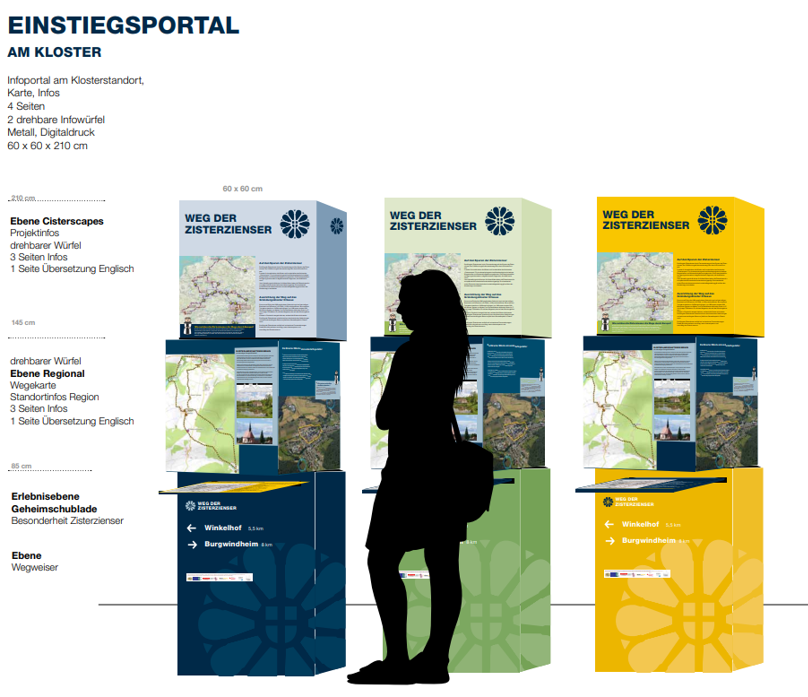
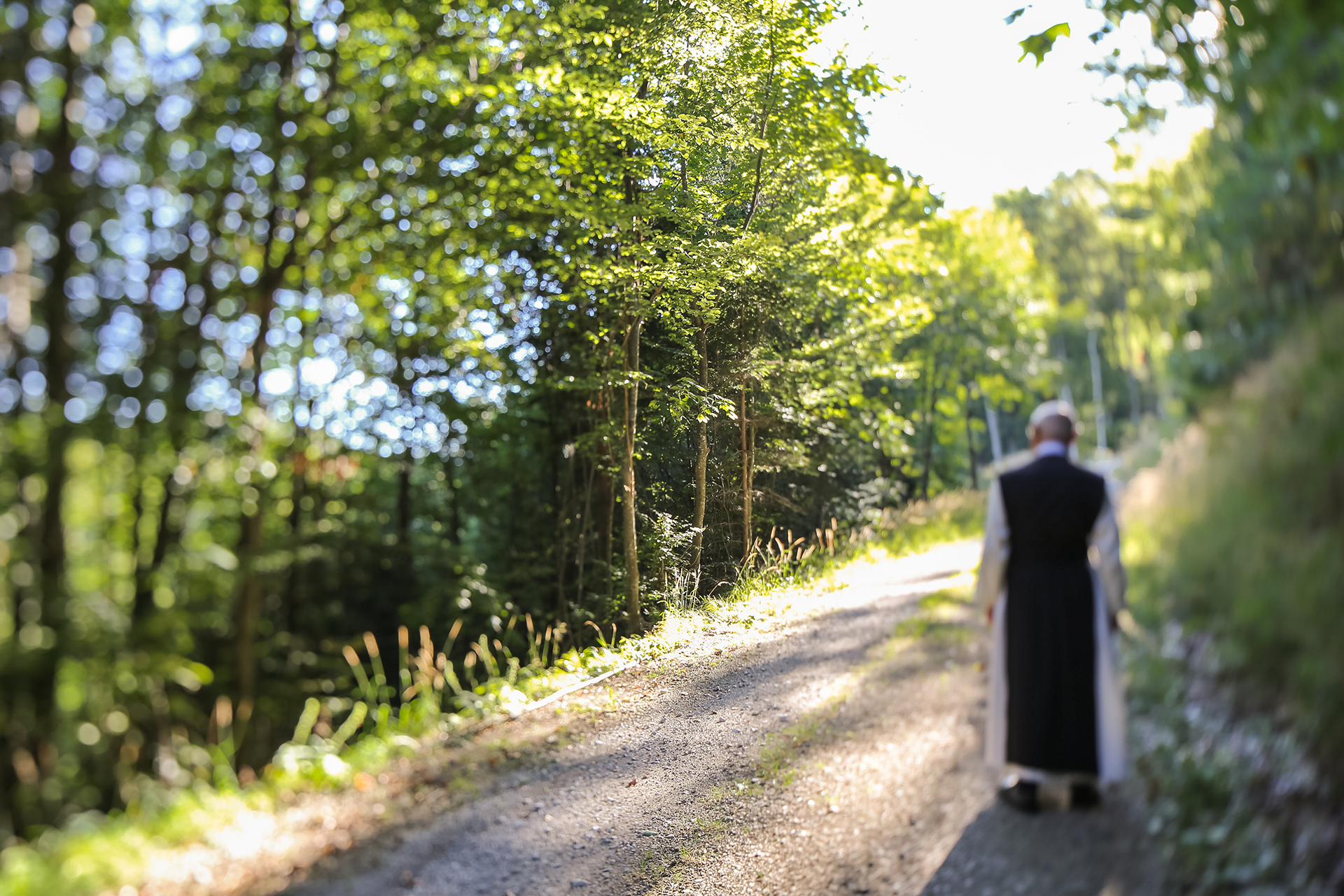
About the Cistercian monks
The Cistercians are a group of monks.
The group was founded around 900 years ago.
They wanted to lead a simple and austere life. To be closer to God.
This also included working a lot and providing for themselves.
The Cistercians built monasteries in remote areas.
Often in forests or swamps.
They cleared forests. They dried out swamps and made the land fertile.
In this way, they created large agricultural areas. They cultivated crops and kept livestock.
Through their hard work and knowledge of agriculture
the Cistercians transformed the landscapes of Europe.
They also built many water mills and irrigation systems.
This made the land even more fertile.
Today you can still see many traces of the Cistercians in the landscape:
Old monasteries, ponds and cultivated fields.





